Analysis: Cities with More Walkers, Bike Commuters are Less Obese
/
*This article is crossposted from the Governing Magazine website. Click to see the full article*
Analysis: Cities with More Walkers, Bike Commuters are Less Obese
By: Mike Maciag
The latest data from the Centers for Disease Control and Prevention affirms an alarming trend: we’re fat and not getting any slimmer. An estimated 35 percent of U.S. adults are obese, and another third still maintain weights exceeding those deemed healthy. This doesn’t bode well for governments and individuals paying insurance premiums, especially with the country’s aging population.
But there are antidotes to the problem, and among the best could be sidewalks and bike lanes. The infrastructure not only allows residents to enjoy outdoor recreation and bypass congested roadways, but data shows it delivers slimmer waistlines in some of the nation’s largest metropolitan regions.
A Governing review of census and CDC data finds communities where more residents walk or bike to work boast significantly healthier weights. The analysis of 2010 statistics for 126 metropolitan areas finds these communities arestrongly correlated with higher numbers of residents who are neither obese nor overweight.
.........
Along with commuting habits, other measures showed statistically significant relationships with healthy weights in the analysis. Healthier metro areas were most closely correlated with the portion of a region’s population holding at least a bachelor’s degree. The Bridgeport-Stamford-Norwalk, Conn. metro area, a wealthy region ranking near the top in education attainment, recorded the lowest obesity rate in the CDC's 2010 survey.
Still, the correlation between commuting and residents not considered obese nor overweight was strong--16 percent greater than the relationship with median household income. An area’s average commute time was slightly correlated with weight, but was not statistically significant.
Scatter plot of metro areas' walkers/bike commuters correlated with healthy weights:

The CDC recommends a range of infrastructure for communities to rein in obesity. Bike lanes, shared-use paths and bike racks promote cycling. Urban design with adequate sidewalks, lighting, street crossings and similar features supports walking and other physical activity. The agency also suggests localities work to cut miles driven on roadways.
See the full article (including additional maps, data sources, and charts) at the Governing Magazine website.
Analysis: Cities with More Walkers, Bike Commuters are Less Obese
By: Mike Maciag
The latest data from the Centers for Disease Control and Prevention affirms an alarming trend: we’re fat and not getting any slimmer. An estimated 35 percent of U.S. adults are obese, and another third still maintain weights exceeding those deemed healthy. This doesn’t bode well for governments and individuals paying insurance premiums, especially with the country’s aging population.
But there are antidotes to the problem, and among the best could be sidewalks and bike lanes. The infrastructure not only allows residents to enjoy outdoor recreation and bypass congested roadways, but data shows it delivers slimmer waistlines in some of the nation’s largest metropolitan regions.
A Governing review of census and CDC data finds communities where more residents walk or bike to work boast significantly healthier weights. The analysis of 2010 statistics for 126 metropolitan areas finds these communities arestrongly correlated with higher numbers of residents who are neither obese nor overweight.
.........
Along with commuting habits, other measures showed statistically significant relationships with healthy weights in the analysis. Healthier metro areas were most closely correlated with the portion of a region’s population holding at least a bachelor’s degree. The Bridgeport-Stamford-Norwalk, Conn. metro area, a wealthy region ranking near the top in education attainment, recorded the lowest obesity rate in the CDC's 2010 survey.
Still, the correlation between commuting and residents not considered obese nor overweight was strong--16 percent greater than the relationship with median household income. An area’s average commute time was slightly correlated with weight, but was not statistically significant.
Scatter plot of metro areas' walkers/bike commuters correlated with healthy weights:

The CDC recommends a range of infrastructure for communities to rein in obesity. Bike lanes, shared-use paths and bike racks promote cycling. Urban design with adequate sidewalks, lighting, street crossings and similar features supports walking and other physical activity. The agency also suggests localities work to cut miles driven on roadways.
See the full article (including additional maps, data sources, and charts) at the Governing Magazine website.




